Independent wrestling's battle back from COVID-19
The coronavirus shut down promotions across the world. This is how the New England wrestling community fought to return.
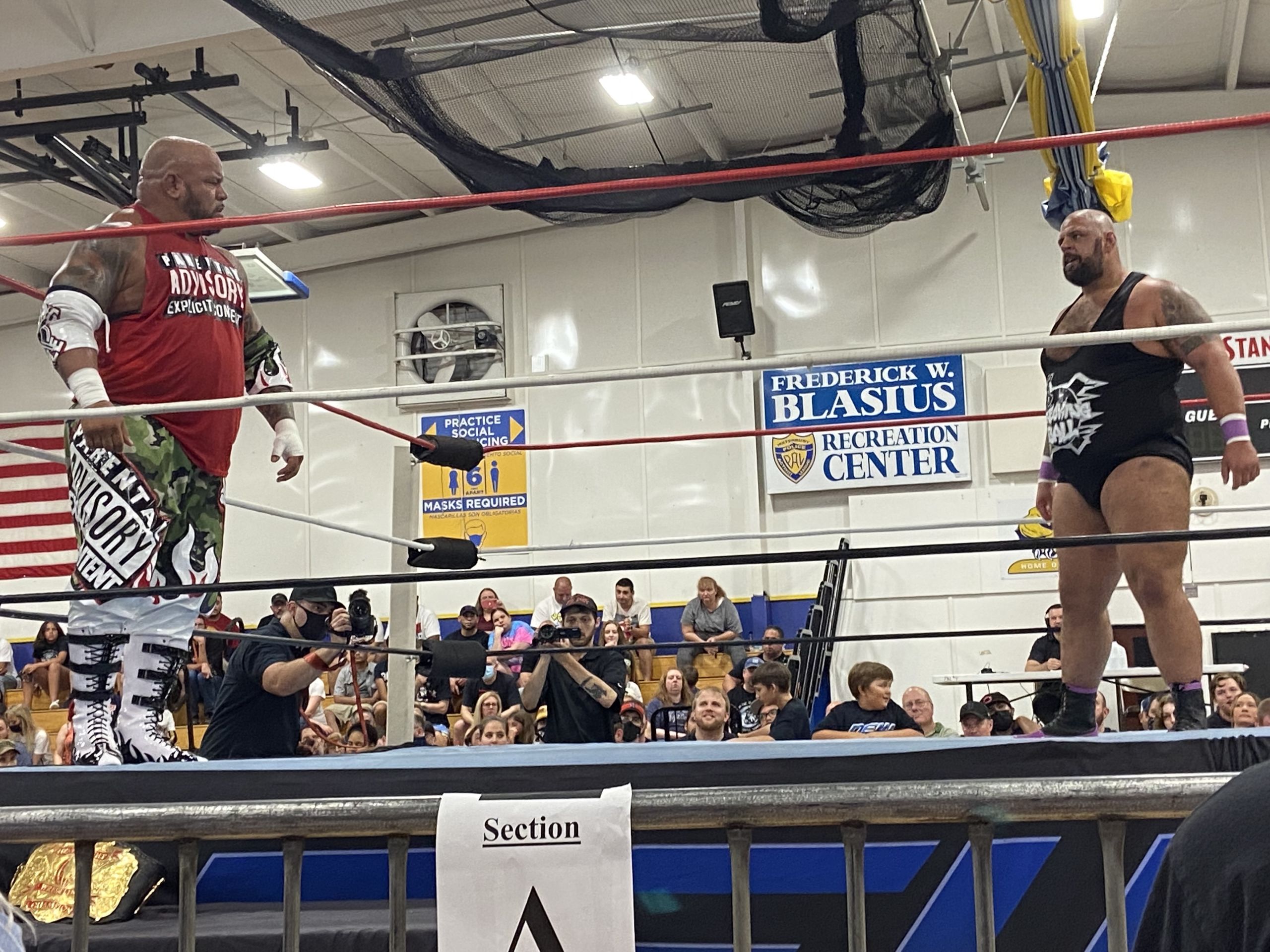
“THIS IS AWESOME! THIS IS AWESOME!”
Behemoths weighing over 300 pounds crashing off the mat with thunderous impact, deft cruiserweights flipping off the top ropes. About 200 people packed into the Waterbury Police Activity League on July 17, 2021, losing their voices chanting at the top of their lungs. An electrifying atmosphere, a deafening mix of boos, cheers, and tables splintering, combined with larger than life combat.
Northeast Wrestling’s Heatwave was one of the promotions first live events since COVID-19 shut down the world back in March 2020.
Before the pandemic, NEW was one of hundreds of independent wrestling promotions across the nation, selling out everything from backyards to bingo halls as thousands of wrestlers hone their crafts with hopes of making it to the biggest stages in the industry.
In one of the final matches of the night, the crowd popped particularly loudly for TV-Champion “Rarebreed” Keith Youngblood, in his title defense against the cocky heel Channing Thomas.
With a 15-minute time limit, a draw seemed inevitable with neither man staying down for three, until the waning moments of the match when the champion seamlessly transitioned into his finish--the twisting brain-buster to fell his young challenger.
The crowd, which had grown increasingly on edge with each near fall, erupted when the fan-favorite was announced the winner, with only five seconds to spare.
“It’s been incredible to see this, no pun intended, resurgence in professional wrestling, to see these arenas full of people just so ecstatic and so excited” Youngblood said. “For me, personally, it’s just about getting back in front of fans, because here’s the deal, you guys support us, drive our careers.”
“The fans are the reason Daniel Bryan and CM Punk went from the indies to the WWE, and the reason why the Young Bucks and Cody Rhodes were able to fund their own wrestling promotion,” he said.
Fans truly are the driving force behind wrestling. However, one of the largest differences between the independents and mainstream companies which was highlighted by this pandemic, is that only the independents fully relied upon live crowds to keep operational. To the average wrestling fan or anyone aware of the product as shown on cable television, it likely appeared that the industry wasn’t particularly impacted by this pandemic.
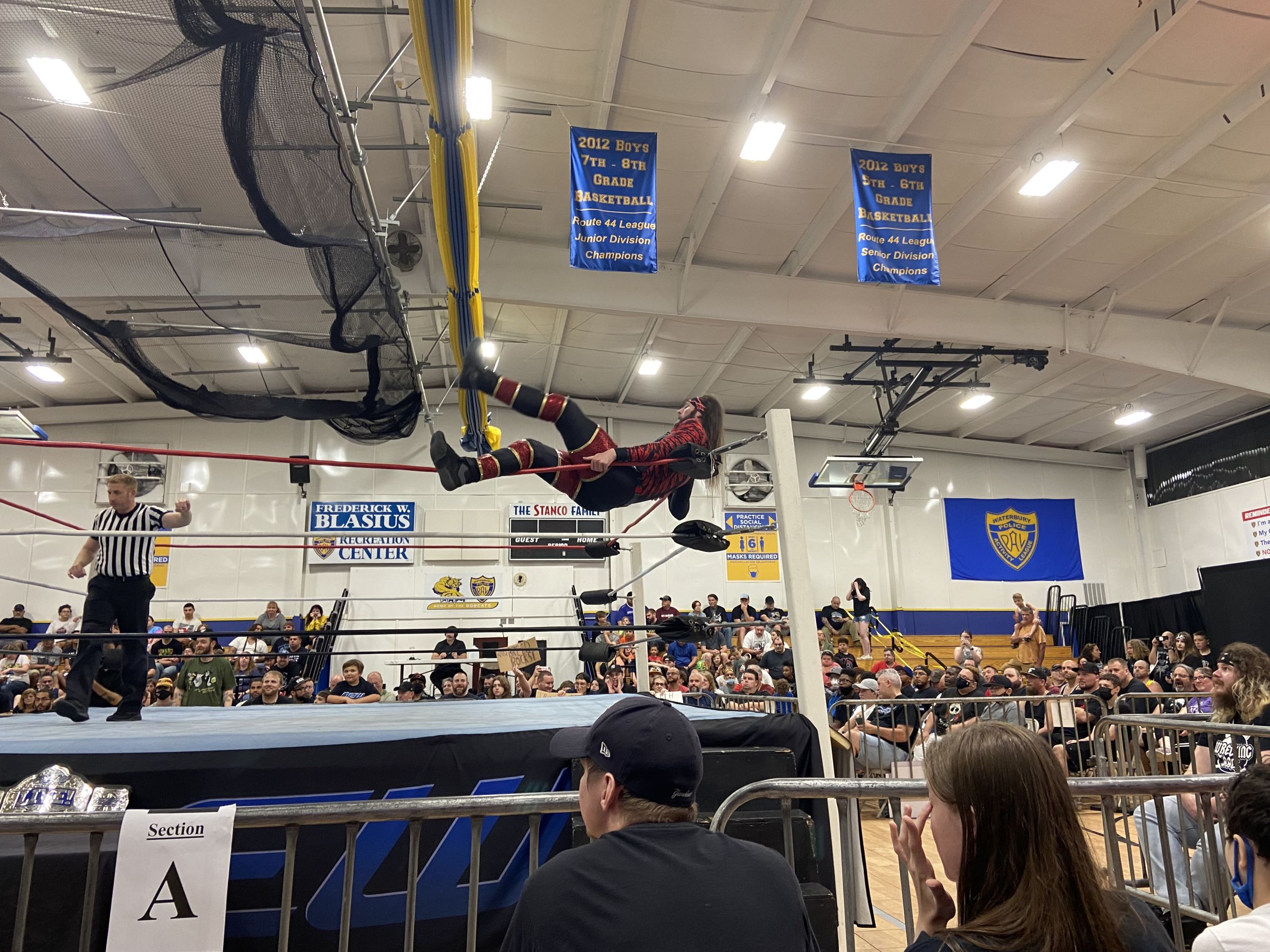
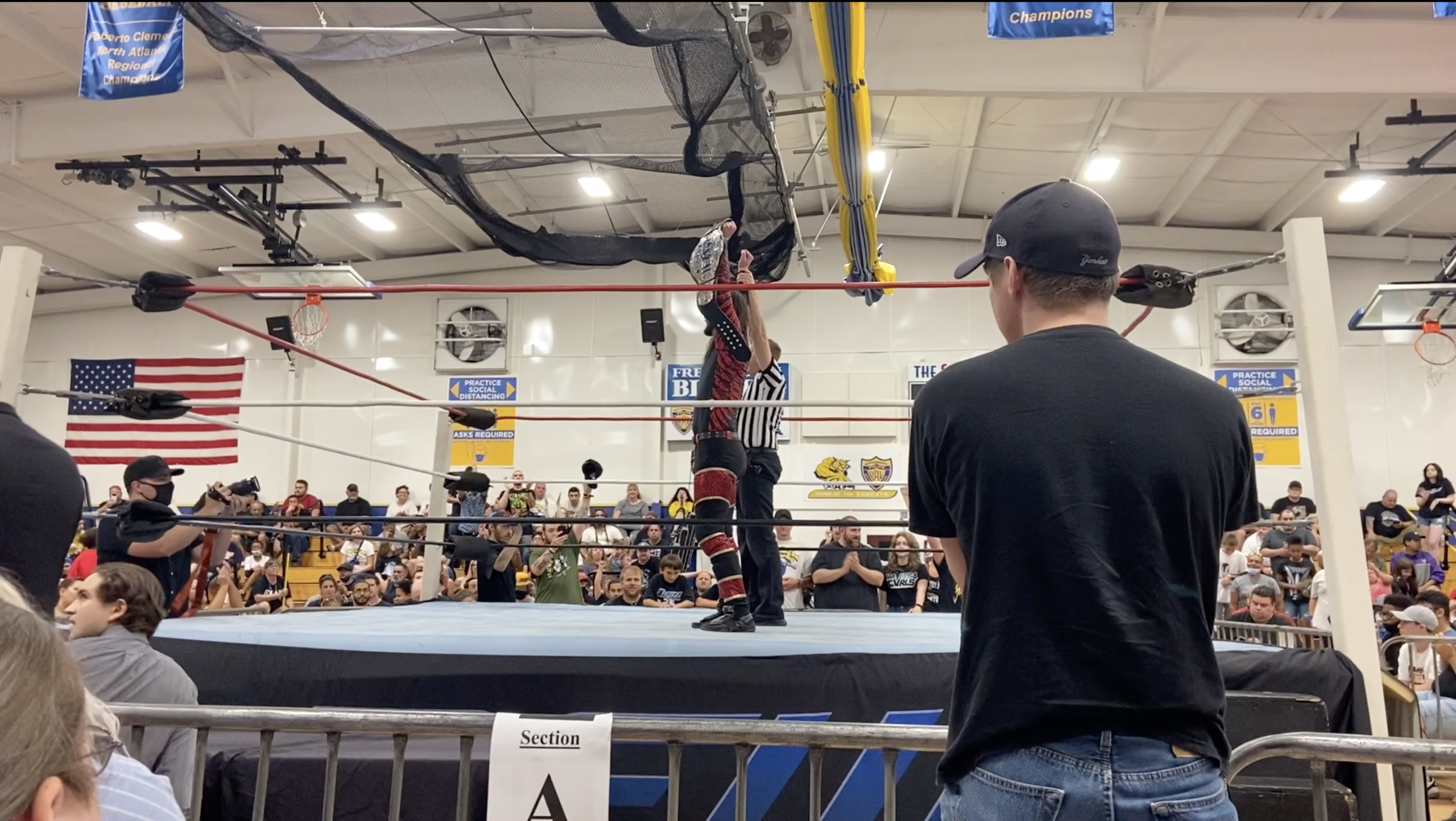
WWE and AEW, the largest wrestling companies in the world, kept the show rolling, as each company had access to their own arenas for closed tapings, and the financial backing of major television networks.
In 2018, WWE agreed to a five-year extension worth $265 million per year to keep Monday Night Raw on USA, another five-year term with Fox worth $205 million per year for the rights to Friday Night SmackDown. And, in April this year WWE successfully repositioned the WWE network onto NBC’s Peacock platform as part of a deal reportedly worth over $1 billion.
Meanwhile, AEW has risen up as WWE’s first real competition since WCW.
The Young Bucks, Cody Rhodes, and Tony Khan, son of the multi-billionaire owner of the Jacksonville Jaguars, Shahid Khan, created AEW. Shahid Khan joined as investor and co-owner of the company.
WWE constructed their own venue, known as “The ThunderDome,” which saw three different iterations all in Florida, first at the Amway Center in Orlando, then Tropicana Field in St. Petersburg, and finally finishing its run in the Yuengling Center in Tampa.
The ThunderDome replaced seating with hundreds of LED monitors, which fans could sign up to appear on, offering a unique presentation during the pandemic.
Independent promotions, on the other hand, had none of these luxuries when the pandemic hit. With no more live crowds, promotions across the nation went on hiatus as they scrambled to find ways to put out a product and stay afloat without the lifeblood of their industry.
Jon Alba, a multimedia journalist and wrestling personality, observed as the indie scene struggled to regain momentum following lockdown.
“I think the key to sustainability during the pandemic for independent companies was: How can we reinvent our product where we can present it in a way that will allow us to be sustainable still,” Alba said. “And, you saw some indies were able to do that well, and others were not.”
Alba got his start as a reporter focusing on traditional sports, but he has been active in the wrestling industry for over 11 years now, working his way up from odd jobs at shows, to live talent and now a reporter.
“There was a Hell in a Cell match between The Undertaker and Shawn Michaels, and I was four years old, four and a half years old, and I was watching at a neighbor's house and some big giant guy in a black and red costume came down tore the door off the cell,” Alba said. “And Vince McMahon said ‘That’s gotta be Kane!’ And that was the moment right there is where. It was kind of just the big bang moment was like, that I think this is the coolest thing ever, this is a larger than life comic book come to life in front of my eyes and I was hooked from that moment.”
A truly iconic moment, the debut of Kane took place at WWF’s Bad Blood: In Your House in 1997, more than two decades ago. Since then, the landscape of wrestling as a whole has altered dramatically, not the least of which being the increasing amount of technology companies have at their disposal. One particular innovation Alba describes as crucial to the survival of the independent scene.
“One thing that we have the benefit of now in today's independent scene, are streaming platforms like, Independent Wrestling TV, IWTV, or Fight TV where promotions could tape closed set shows, and then stream them for an audience that could pay money for, pay a subscription service fee for, sponsor wrestlers, sponsor the shows,” Alba said. “And that allowed the promotion to sustain not just their storylines, but to also continue to put shows on and not fold, and that was huge.”
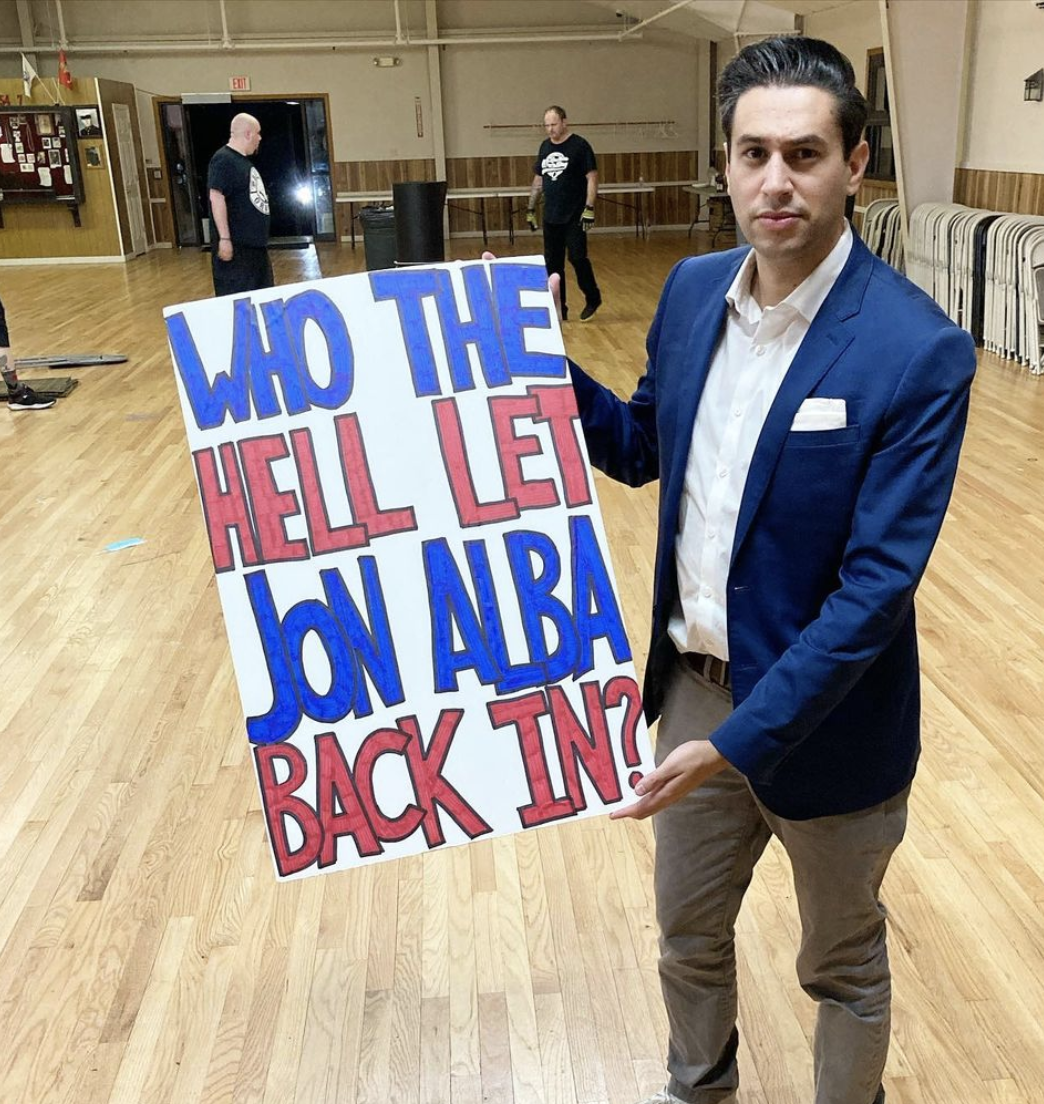
Jon Alba at Limitless Wrestling: Photo Courtesy of Jon Alba via Instagram
Jon Alba at Limitless Wrestling: Photo Courtesy of Jon Alba via Instagram
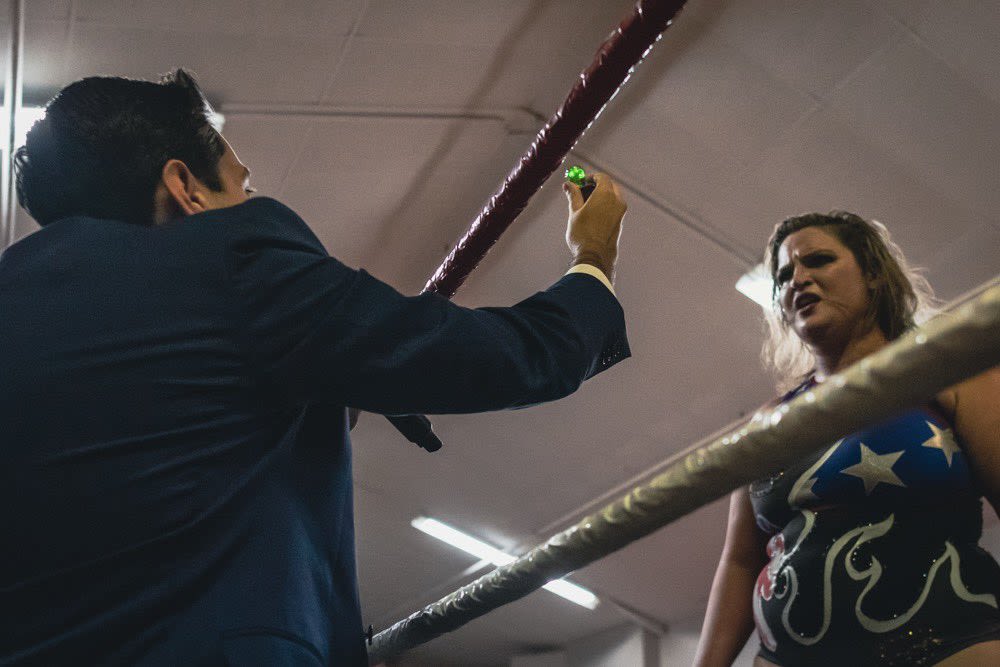
Jon Alba (left) proposes to Davienne (right) with a ring pop: Photo Courtesy of Jon Alba via Twitter
Jon Alba (left) proposes to Davienne (right) with a ring pop: Photo Courtesy of Jon Alba via Twitter
NEW set up streams to maintained their audience.
A lifelong wresting fan, Mike Lombardi launched NEW in 1996, influenced by the innovations of promotions such as ECW. Lombardi steadily expanded Northeast Wrestling into one of the main promotions in the New England area, having hosted a variety of notable competitors who are active today in WWE and AEW.
“We’ve been able to carve out a name for ourselves as the main independent promotion in the north east. Our guys are the cream of the crop, so they always make sure to be in top conditioning, so we haven’t seen too many injuries,” said Lombardi. “We’ve had some of the best names you can think of come through the promotion before the pandemic, the Hardy’s, Rey Mysterio, Kenny Omega, you name it.”
The shutdown hit NEW hard.
Lombardi was reluctant to share any hard figure, citing liability issues as the owner of a larger independent promotion.
“We were hurt pretty bad, like everyone else. Since we are a corporation, I can’t give you any specific figures. What I can tell you is, in regards to revenue, we saw between a 90-95% drop,” he said. “In terms of the website, during the pandemic, we saw web traffic drop significantly, around an 80-85% drop.”
“Normally, we’d see big spikes in traffic during promotion for a live event, so without anything to promote, traffic died down immensely,” he said. “Our streams definitely helped, but overall we saw significantly less traffic.”
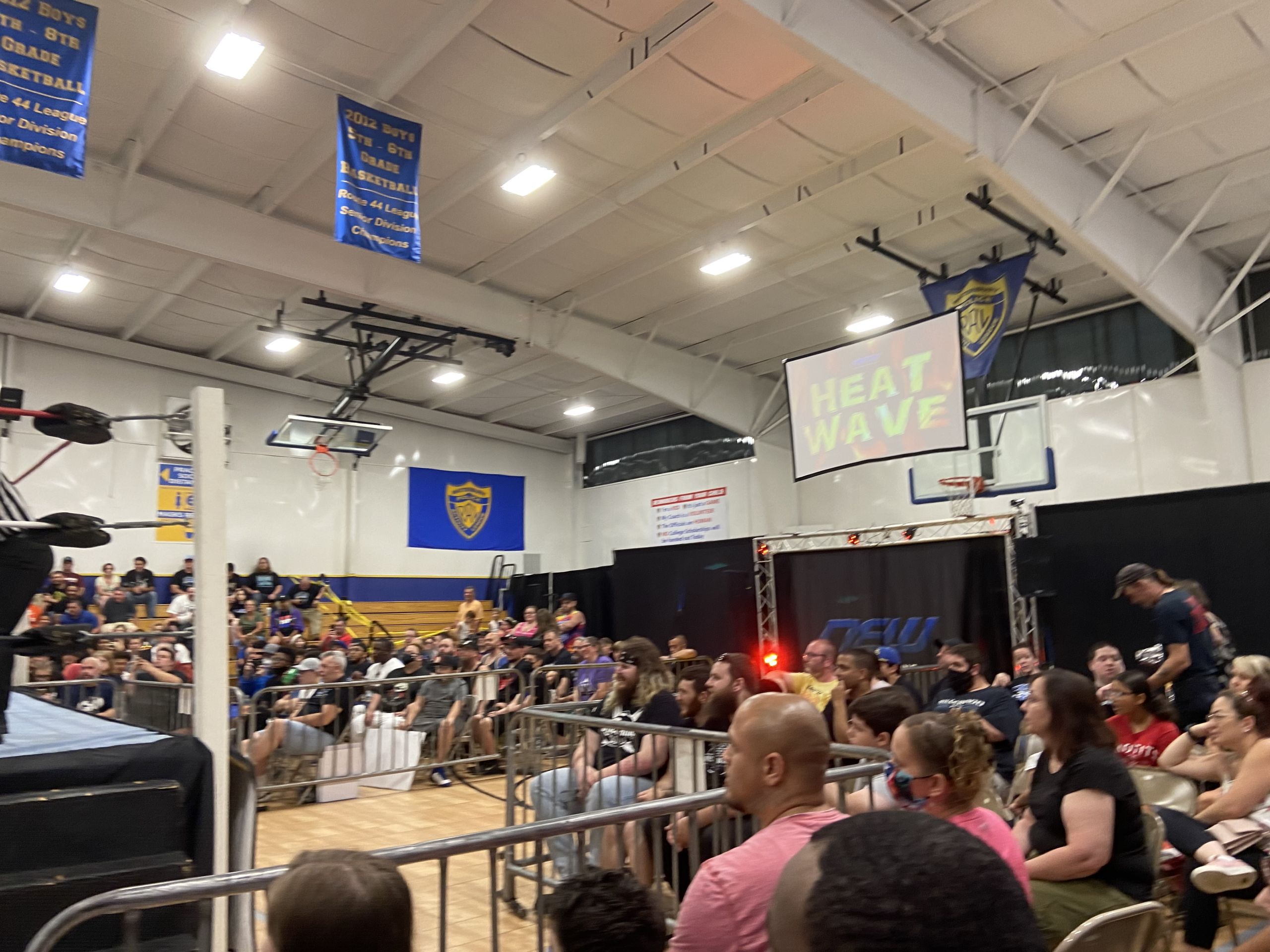
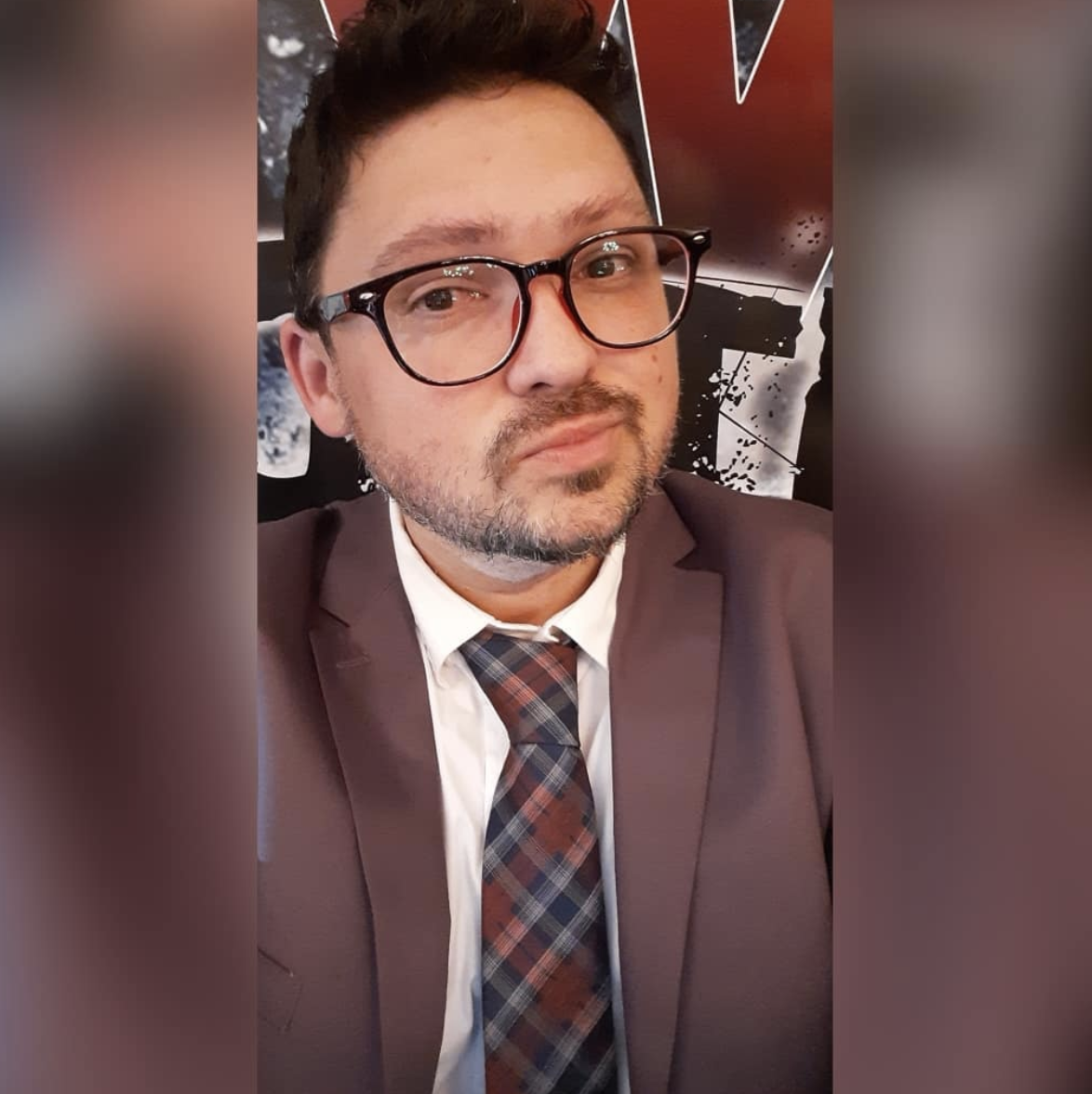
John Casey, promoter of NCW: Photo Courtesy of John Casey via Instagram
John Casey, promoter of NCW: Photo Courtesy of John Casey via Instagram
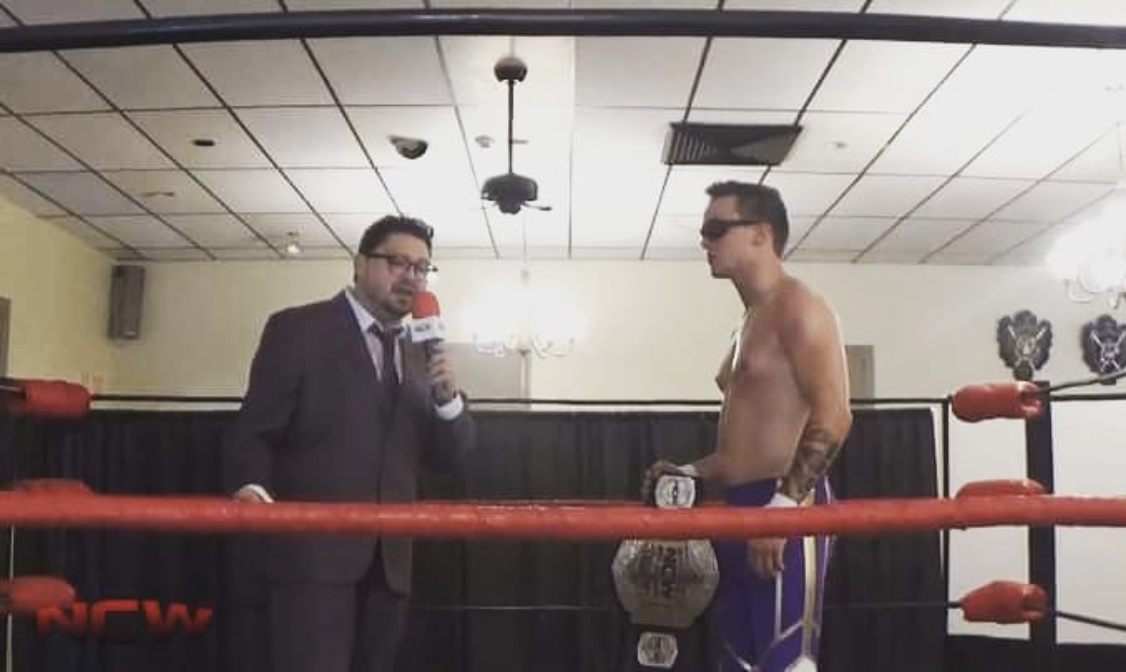
John Casey (right) and Brett Ryan Gosselin (left) discuss NCW Heavyweight Title: Photo Courtesy of NCW via Instagram
John Casey (right) and Brett Ryan Gosselin (left) discuss NCW Heavyweight Title: Photo Courtesy of NCW via Instagram
In some cases, with lesser known companies, doors were shut permanently, or shows landed on an indefinite hiatus.
John Casey, the owner of Northeast Championship Wrestling, refused to let this be the case for his company.
“Our only goal during the pandemic was to keep NCW alive,” Casey said. “So I am really glad we took a risk with private tapings, because right as we did things started to accelerate in the right direction for the world.”
Casey, who began NCW in 1997, still remembers the moment he knew he needed to be in the business.
“I grew up loving ECW and the local indies, and one day I went with my cousin to this local show, a promotion called New England Wrestling Alliance,” Casey said. “This was my first exposure to local wrestling, and it was cool because WWF guys they always felt larger than life, but with the local guys there wasn’t this disconnect, they felt closer to home. There was this one performer, his name was Kid Liberty, and I was like this guy is just a few years older than me and he’s out there wrestling.”
It was soon after that event that Casey and his cousin would put on NCW’s first show, staying true to its humble ma and pa nature today.
“It was a backyard show done by 14-year old kids, we grabbed my grandmother’s video camera, and we recorded a bunch of stupid, awful matches, but, it was under the NCW banner,” he said.
NCW grew into a steady promotion, focusing on providing a family friendly experience while giving competitors just breaking into the industry the chance to find themselves as performers.
“The independents, the local shows, these shows in these communities, they are the breeding ground,” Casey said. “They are the place where some of these young hungry wrestlers cut their teeth and ply their trade before they’re ready to move on.”
NCW suffered similarly to NEW with financial losses and cancellations. However, Casey has been focused on the consequences he’s seen in the ring.
“Going 100%, especially after not going for so long, accidents can happen freak accidents minor tears injuries things like that,” Casey said. “And I mean right now in the thick of it, we are currently dealing with our heavyweight champion Vern Vicallo injured, he was injured during the main event of our last pay per view, NCW Chutes and Ladders, it was a ladder match for the NCW heavyweight title.”
“A freak accident a bump off the ring he landed on his shoulder badly and hurt his neck, and now he's not currently cleared to compete,” he said. “That’s just, you know, a real harsh reality of it, and you know beyond Vern there's been a least I would say, a half a dozen other wrestlers that have experienced minor injuries that have kept them out of subsequent tapings and we just try to make do with what we have.”In some cases, with lesser known companies, doors were shut permanently, or shows landed on an indefinite hiatus.
John Casey, the owner of Northeast Championship Wrestling, refused to let this be the case for his company.
“Our only goal during the pandemic was to keep NCW alive,” Casey said. “So I am really glad we took a risk with private tapings, because right as we did things started to accelerate in the right direction for the world.”
Casey, who began NCW in 1997, still remembers the moment he knew he needed to be in the business.
“I grew up loving ECW and the local indies, and one day I went with my cousin to this local show, a promotion called New England Wrestling Alliance,” Casey said. “This was my first exposure to local wrestling, and it was cool because WWF guys they always felt larger than life, but with the local guys there wasn’t this disconnect, they felt closer to home. There was this one performer, his name was Kid Liberty, and I was like this guy is just a few years older than me and he’s out there wrestling.”
It was soon after that event that Casey and his cousin would put on NCW’s first show, staying true to its humble ma and pa nature today.
“It was a backyard show done by 14-year old kids, we grabbed my grandmother’s video camera, and we recorded a bunch of stupid, awful matches, but, it was under the NCW banner,” he said.
NCW grew into a steady promotion, focusing on providing a family friendly experience while giving competitors just breaking into the industry the chance to find themselves as performers.
“The independents, the local shows, these shows in these communities, they are the breeding ground,” Casey said. “They are the place where some of these young hungry wrestlers cut their teeth and ply their trade before they’re ready to move on.”
NCW suffered similarly to NEW with financial losses and cancellations. However, Casey has been focused on the consequences he’s seen in the ring.
“Going 100%, especially after not going for so long, accidents can happen freak accidents minor tears injuries things like that,” Casey said. “And I mean right now in the thick of it, we are currently dealing with our heavyweight champion Vern Vicallo injured, he was injured during the main event of our last pay per view, NCW Chutes and Ladders, it was a ladder match for the NCW heavyweight title.”
“A freak accident a bump off the ring he landed on his shoulder badly and hurt his neck, and now he's not currently cleared to compete,” he said. “That’s just, you know, a real harsh reality of it, and you know beyond Vern there's been a least I would say, a half a dozen other wrestlers that have experienced minor injuries that have kept them out of subsequent tapings and we just try to make do with what we have.”
Independent wrestlers live different lives then their mainstream counterparts.
“Well, an independent wrestler is somebody who's not signed to a contract, generally speaking, to a major organization, where they don't have exclusivity rights to one company or promotion and therefore they travel around the country or around a region or around a state and they work for the smaller mom and pop mom and pop shops that allow them to practice their craft,” Alba said.
“They get paid a smaller rate, a much smaller rate, quite frankly, but to hone their skills in hopes of one day reaching one of those larger organizations, it's more or less an unaffiliated minor league system,” he said.
Wrestlers breaking into the industry face a variety of obstacles, including financial woes from traveling state to state and paying for lodging, promoters operating unethically, and the accumulation of injuries.
One wrestler who knows that well is Brett Ryan Gosselin, known as “The Victorious BRG,” an up and comer who know has been working across the New England indies.
“How do I put this, I was kind of sucked in and like I kind of got brainwashed into thinking like this was like a fantastic company I'm like working every single Thursday like,” said Gosselin, noting he drove himself, paid for his own gas and food – all as a college student at Quinnipiac University.
“I just thought, ‘Oh yeah, this is like the right thing I should be doing,” he said.
Youngblood, who has wrestled for NEW since 2015, shared similar sentiments.
“The financial struggles, especially early on, were very real,” Youngblood said. “Between travel, creating merchandise to increase your fan base, training, it really takes a lot of fortitude early on.”
The time away from their passion and livelihood drained them each in their own ways.
“Sitting at home, having ideas just bouncing in your brain, and not just not being able to go out and wrestle but not even being able to train, it was awful,” Gosselin said. “I had to pick up an awful job in marketing to help cover losses. Overall it was terrible for my mental health.”
As soon as there were opportunities, Gosselin got back in the ring.
Youngblood couldn’t get back into the ring until this June. As the primary caregiver to his at risk family members, Youngblood sat out NEW’s tapings, returning at NEW Resurgence on June 27--15 months after his last match.
“You’re around those people all the time, you need to take and make you know some sacrifices and some choices that are going to protect those people in your life, so I locked down real tight from my birthday, March 11th, which was kind of like the day everything locked down, and from that point really up until pretty close to Resurgence, you know when the vaccination started to become more widely available, I really didn't do much,” he said
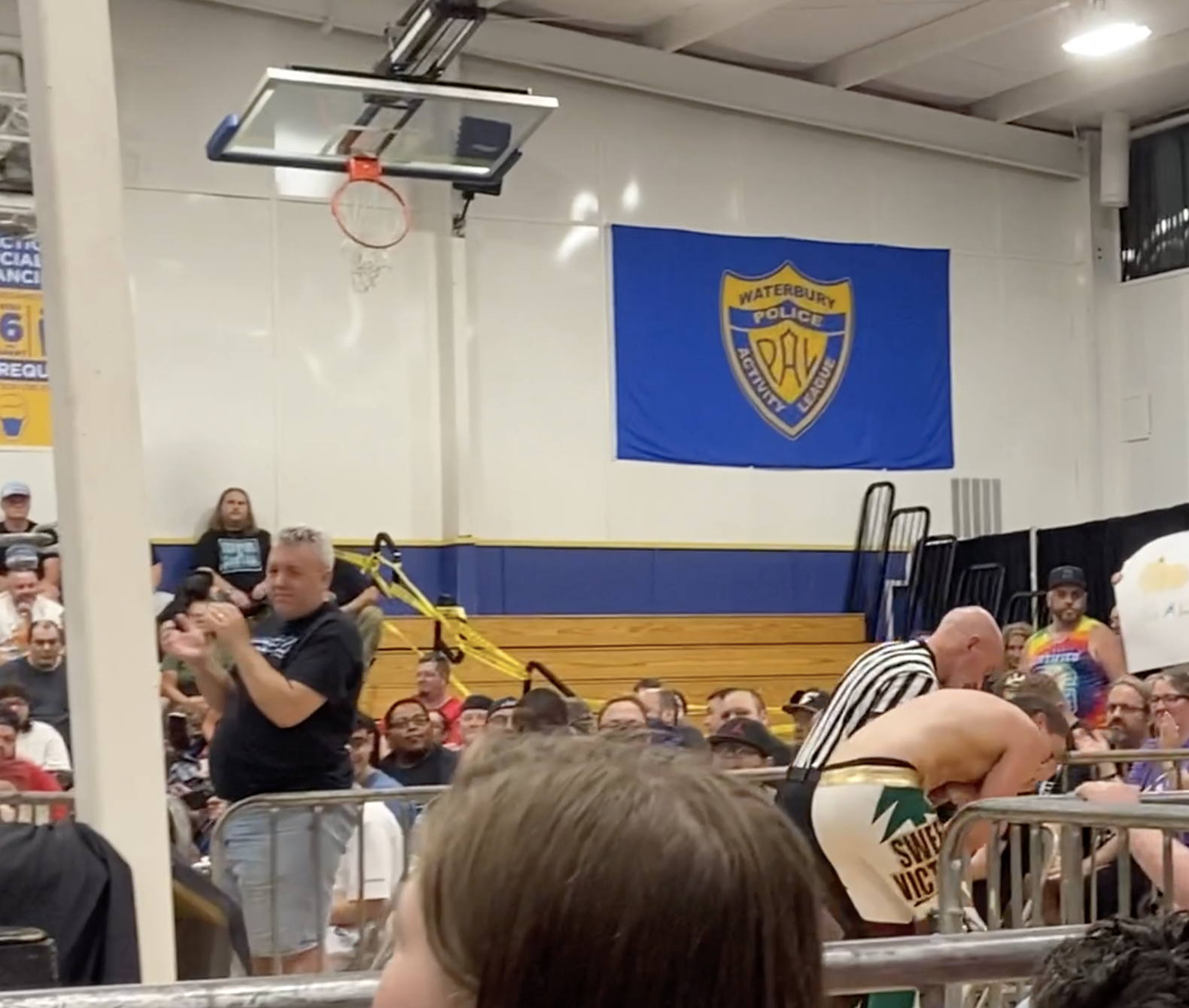
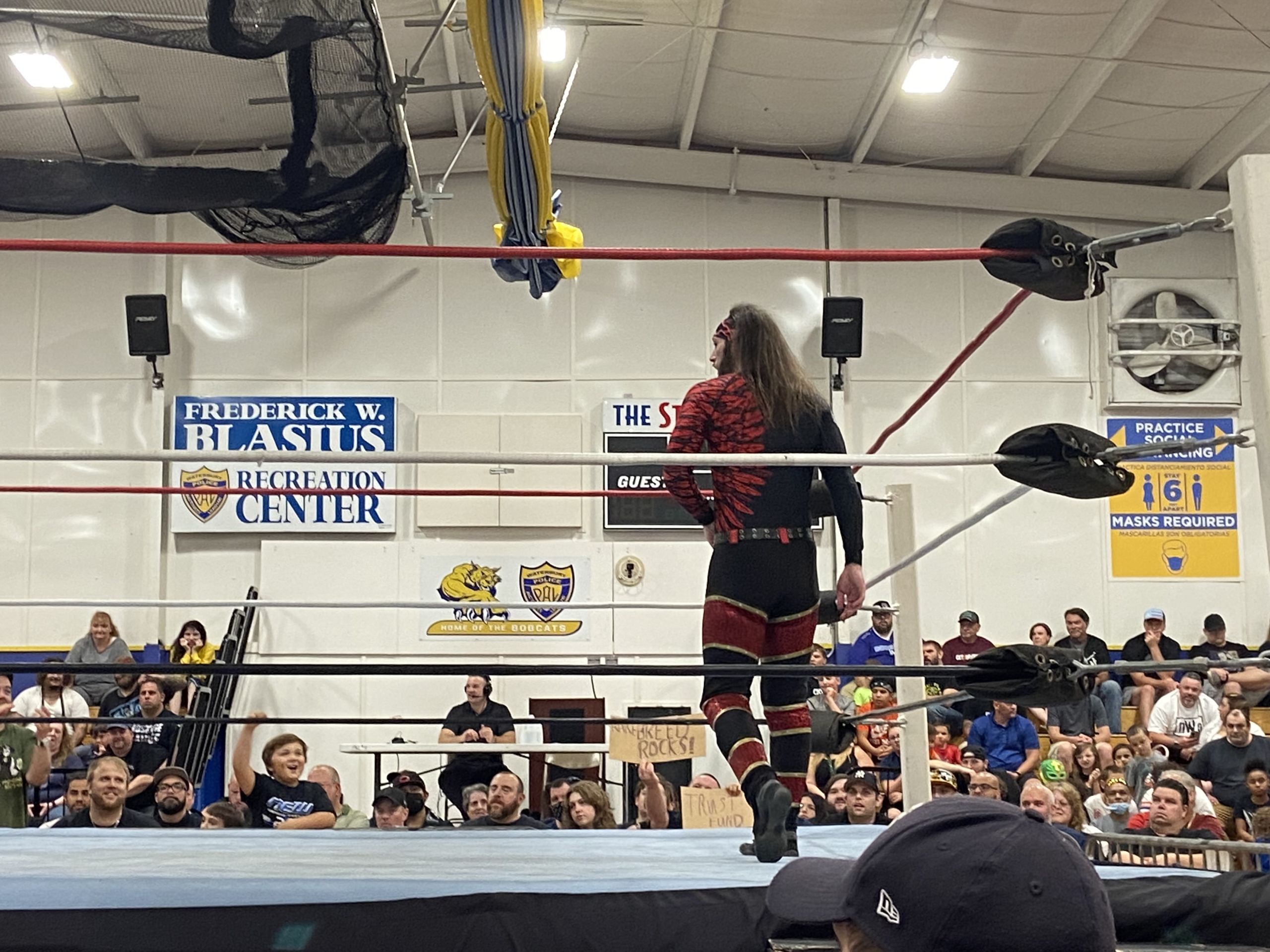
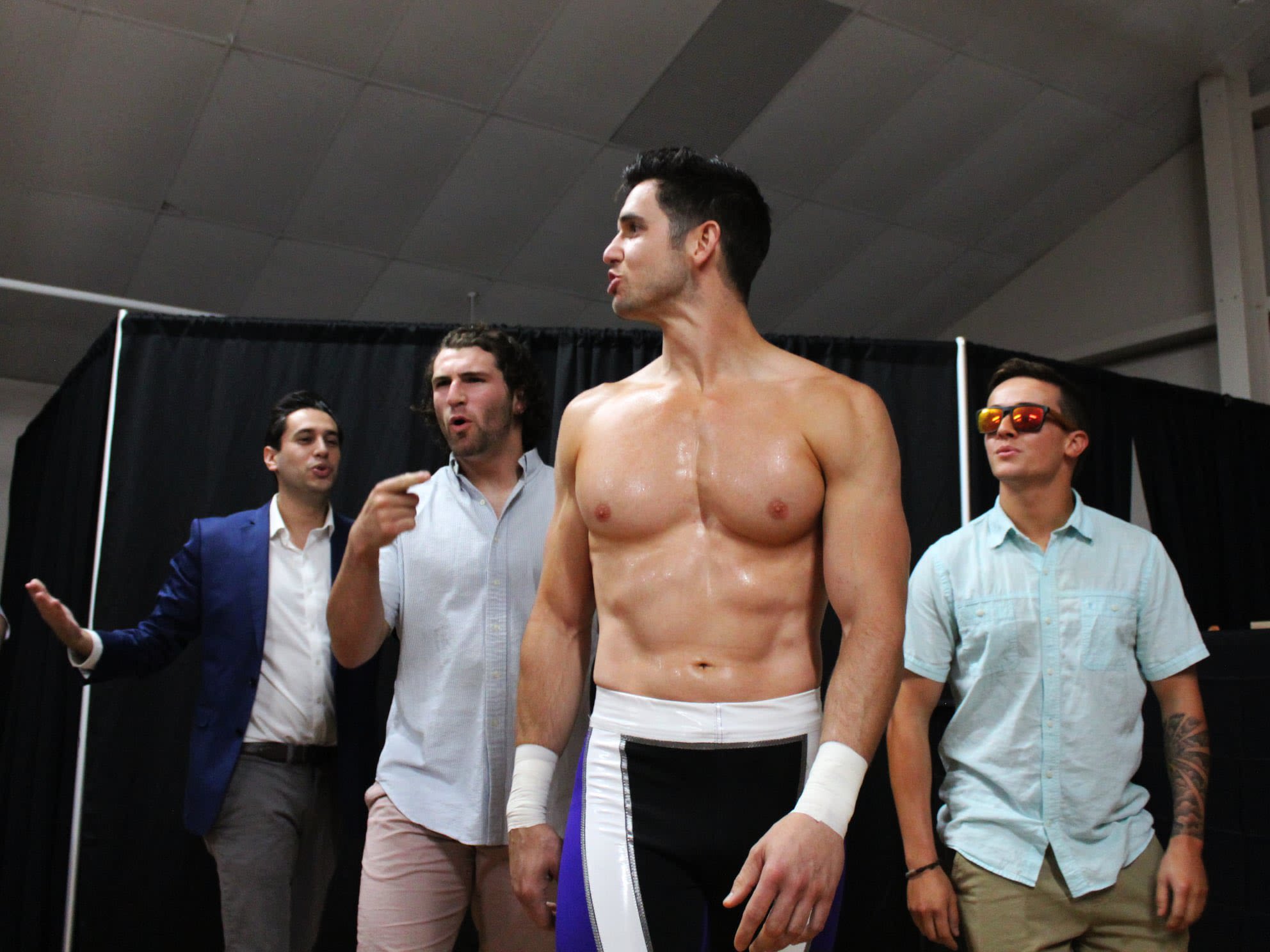
Jon Alba (far left,) Channing Thomas (left,) Mac Daniels (right,) and Brett Ryan Gosselin (far right) entering together: Photo Courtesy of Jon Alba via Twitter
Jon Alba (far left,) Channing Thomas (left,) Mac Daniels (right,) and Brett Ryan Gosselin (far right) entering together: Photo Courtesy of Jon Alba via Twitter
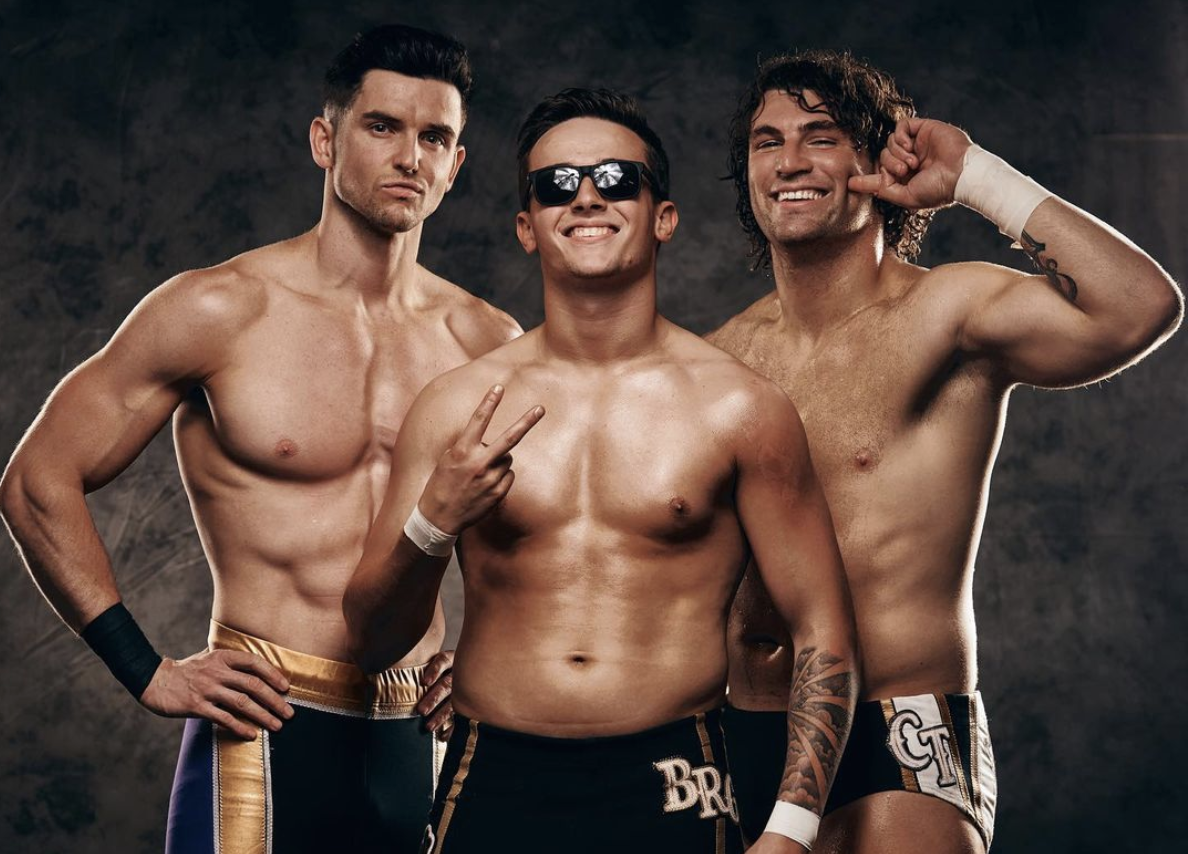
Mac Daniels (left,) Brett Ryan Gosselin (center,) and Channing Thomas (right): Photo Courtesy of Limitless Wrestling via Instagram
Mac Daniels (left,) Brett Ryan Gosselin (center,) and Channing Thomas (right): Photo Courtesy of Limitless Wrestling via Instagram
As wrestlers across the world struggled, one movement began that shook the entire industry. Similar to the #MeToo movement, the #SpeakingOut movement put the industry in turmoil.
“It ravaged a lot of indie promotions that we're harboring some pretty bad people, and I think it unearthed a whole other scale of how are we going to be sustainable in the middle of this pandemic, because some of our talent are being revealed as creeps and it forced people to look in the mirror and say what kind of promotions are we running,” Alba said. “And I hope that it has created change for the better I’m not entirely sure yet it's still a little early, but I hope that it did and we're going to see who the true champions of independent wrestling are in running their business in an ethical and reasonable matter.”
Wrestlers shared experiences of sexual, physical and emotional abuse.
Alba currently manages Gosselin’s stable “Prestigious.” But before working together, Gosselin suffered his own abuse.
“I'm not going to go into like full detail about it, but… those Thursday shows, like some sketchy stuff happened, and some sketchy stuff happened to me,” he said, noting a “weird promo where it was just like, if I didn't like getting in my underwear, I wasn't going to be booked for the show.”
His decision to speak out faced backlash.
Gosselin took to twitter with his accusations, and the unnamed individual proceeded to ban him from his venue. This prevented him from training with his friends and working certain shows running out of there.
#SpeakingOut pic.twitter.com/j2paOzeLRT
— Victorious BRG✌🏻 (@victorious_brg) June 23, 2020
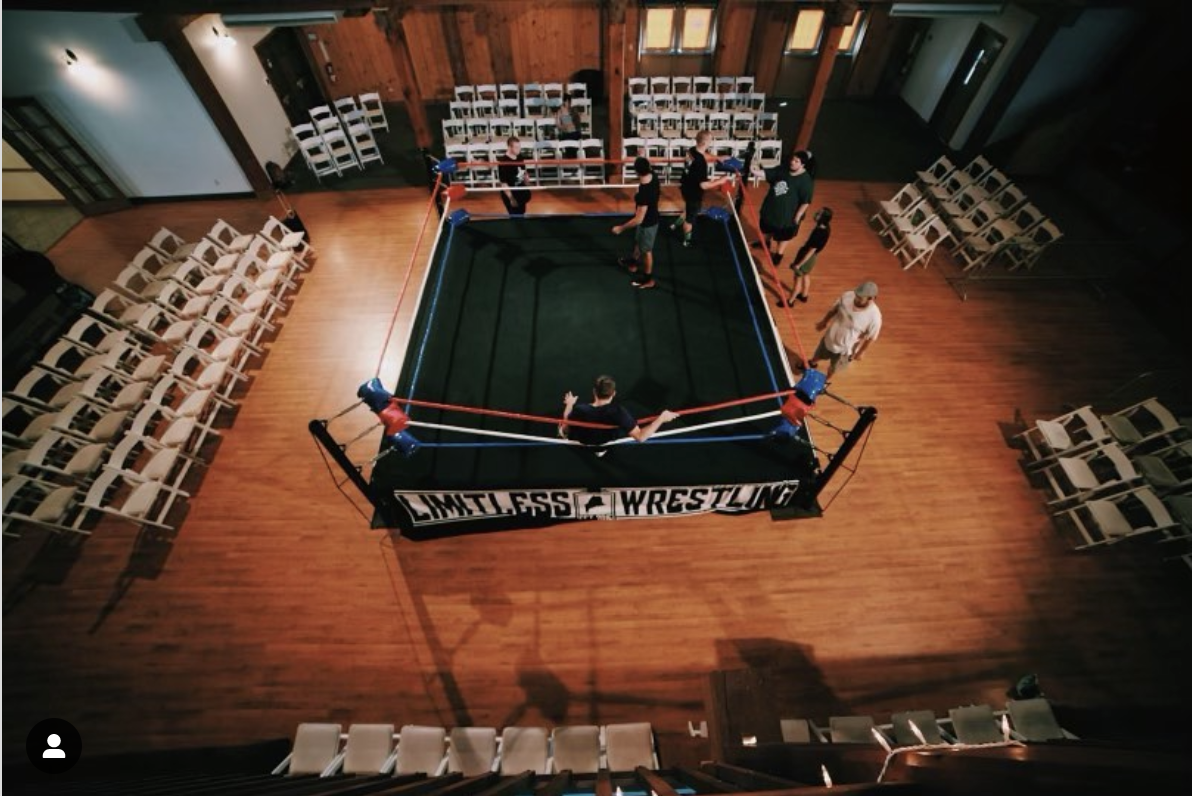
Photo Courtesy of: Limitless Wrestling via Instagram
Photo Courtesy of: Limitless Wrestling via Instagram
Now he actively wrestles for various promotions, including NEW and NCW, but recently he and his stable have been a staple of Limitless Wrestling in Maine.
Randy Carver launched Limitless in 2015 believing that Maine’s wrestling scene needed new life, after seeing examples of well-run companies around New England.
Originally based out of Bangor, in 2017 Carver expanded the promotion into southern Maine, opening up his company to the greater New England area. Things went so well that they began a sister company.
“The high point for me has been, and this might sound generic, but just being able to put out consistent shows,” Carver said. “That’s the best part.”
Carver cited losing $1,800 in travel cancellations for three cancelled bookings at the start of the pandemic. However, for Limitless it wasn’t all negatives.
“They expanded their audience in the pandemic because of how they reinvented, and now that shows are back up and running there's more of a demand than they've ever had, so it's really about how smart were you in presenting your product during this, and utilizing your talent in a way that doesn’t pigeonhole you,” Alba said. “When you're trying to do things on a much smaller scale, and I think some promotions were able to do that and others really weren’t.”
Carver said they benefitted from favorable circumstances.
Their sister promotion’s venue in Orono, Maine, hosted tapings beginning in July of 2020.
“We crafted a health and safety plan, and at first we ran it by the venue, who told us we needed to run it by the town,” Carver said. “Thankfully, both approved of the plan, and we were able to test everything out by streaming two days’ worth of taping that July.”
They taped three seasons worth of content for Limitless Wrestling’s online show, “The Road,” which aired weekly on IWTV from July 29, 2020, until June 23 as live shows returned.
“IWTV really did us a solid, because they put us on Wednesdays the hour before AEW,” Carver said. “So wrestling fans would tune into IWTV before AEW, and make a nice night of wrestling for themselves, and I do think that helped in the growth we saw.”
As audiences return to live events around the world, it feels as though the independent scene managed to pull through what was undeniably the biggest threat to its existence to date.
Promotions like WWE, AEW, New Japan Pro Wrestling, Impact and others are all sustained by a steady flow of talented hopefuls from the independents. The loss of the indies would cripple even the industry giants long term.
“I’d say, generally speaking, probably 85 to 90 percent of the people who make it to the big stage do in some capacity work on the independent scene, it's comparable to any combat sport traditional combat sport,” Alba said. “You have to compete on these much smaller shows before you one-day break through, and are the main event at the MGM grand.”
Now with the wrestling community reunited, Youngblood looks forward to giving back to those who kept the independents running as the world fell apart.
“To be able to come back and know, ‘Hey, these people went through something very similar to what I went through, now I have an opportunity, more so than ever to give back to give them, in some ways, an escape to the negative things that have been impacting them, they can come back to professional wrestling,’” Youngblood said.
“And I can give them something to watch, I can give them a reason to cheer, I can give them a reason to feel, and that, that's why I like wrestling in the first place, it's the ability to do that for people because growing up that's why I fell in love with wrestling.”
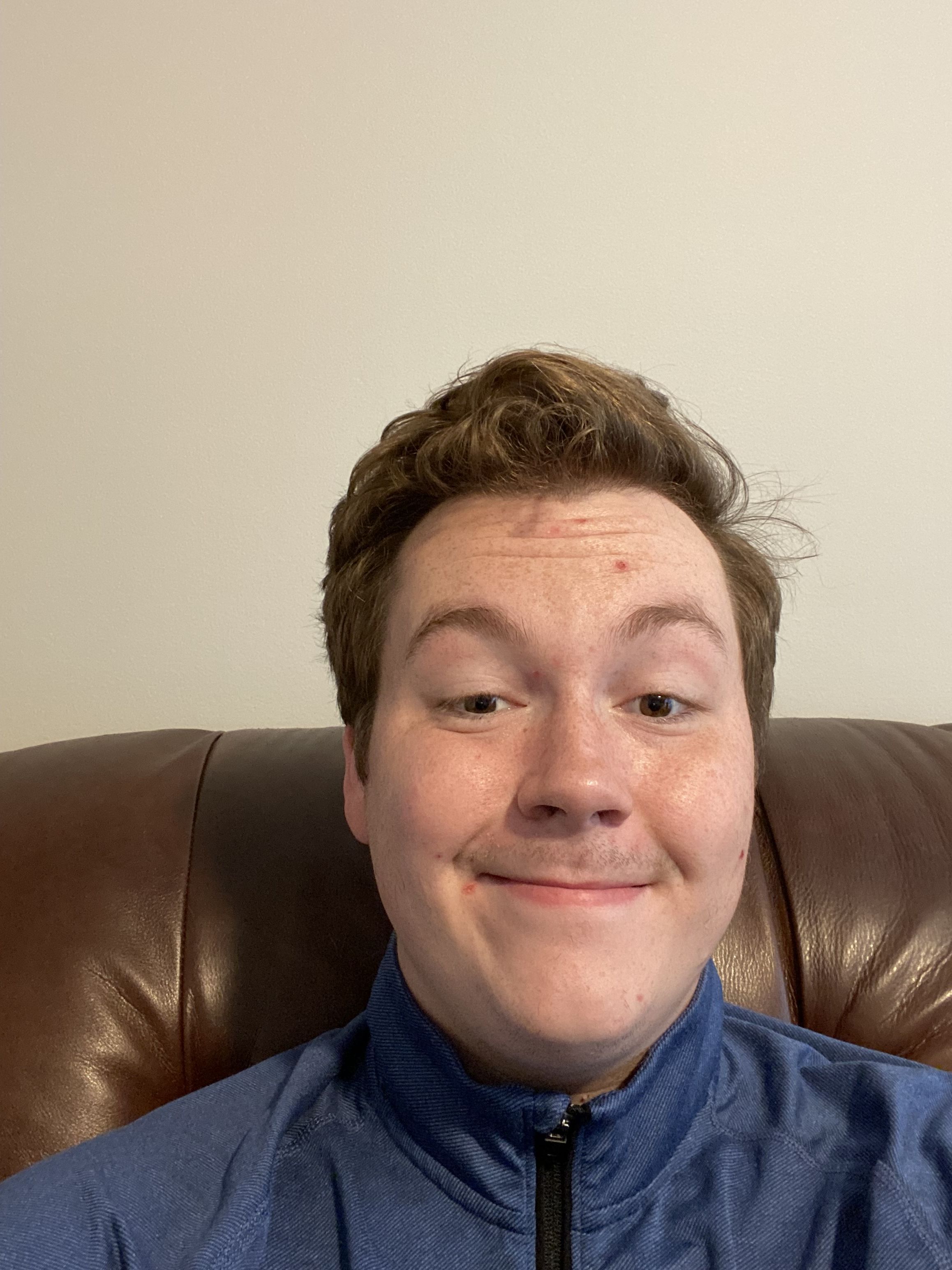
About the author
Matt Petry grew up in Windham, New Hampshire. He has a Master’s degree in Sports Journalism from Quinnipiac University. This story is part of his capstone project for QU Sports Journalism. He is an aspiring journalist who is excited to for the next story.
You can reach him at mattpetry52@gmail.com
